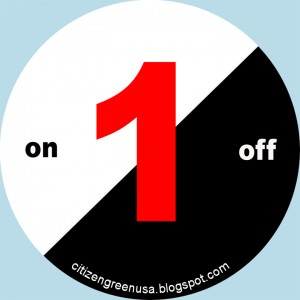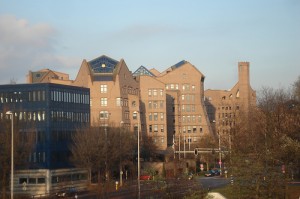Not that one.
One connection to what’s happening to the planet is the shape our self-interest takes in the form of our kids and what they will be dealing with. In the early years of life when we are learning about the world, unafraid to question adults or puzzle over the answers of more than a few of them, there’s an opportunity to bond with the natural environment in a fundamental way that is a heavy indicator of our later predispositions. Here’s a thoughtful Monitor piece about a mom’s concern for her young sons over global warming.
On the other corner (no offense intended unless appropriate) is this wonderful little bit, via TPM, about the coordination of global warming denial by a former Limbaugh producer. The fun never stops, apparently.
It’s profound in its way, the manner in which that ever-so-brief early epoch of life effects so much of what comes later. Relatedly, in a way that I wish I could say was some kind of extreme example of this but which is way more average than we should be comfortable with, a run down of the top 15 searches on Technorati, via the wit and wisdom of Dr. Cole.
And then, just to round things out, the world’s angriest dog.


